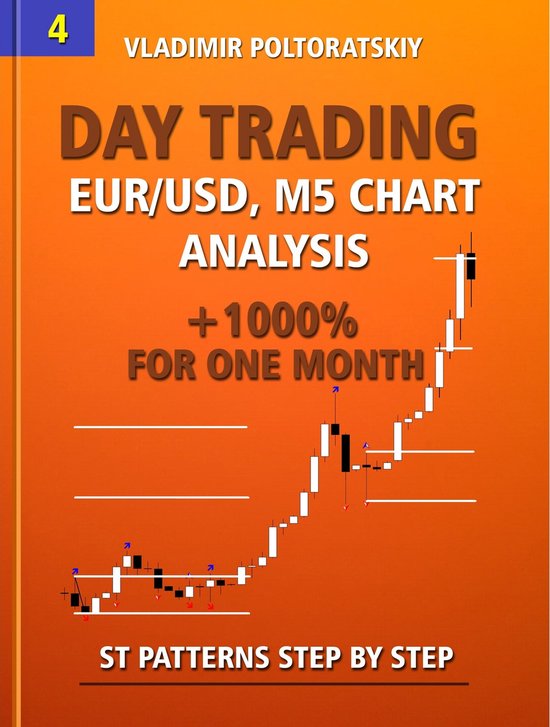
Buying stocks is an investment that can provide you with a nice income if you know what to look for. It is important to not invest too much. You should make sure that you have a risk tolerance that can handle losing money. You might consider index funds if you don’t have the capital to invest. These types of funds have a low barrier to entry. They also aim to capture the performance across the entire market.
It is important to find a company that is financially stable and that offers a product that people like. You should also look for a company that has a good track record. This will help you determine the long-term profitability of the company.
The company's size is another important aspect to consider. The size of the company will affect the amount of risk that you are willing to take. Consider the time frame that you will be investing. You may prefer to purchase stocks with a higher market cap if you are looking for long-term investments.

Also, you should look for companies that offer dividends. Dividends are an extra payment that is added to any price appreciation. If the company is profitable, you are likely to receive dividends in future.
A company's Price-to-Earnings ratio (P/E), is another important factor. The P/E tells investors how much they are willing to pay for stock. A stock that has a high P/E indicates it is too expensive. However, if the company is growing, it could be a good value. It is important that the P/E be compared with the prices of similar companies.
Another factor to consider is the debt-to-asset ratio. The ratio of company assets to debt should be below half. This is essential because you don't want your money to be invested in a company that has too much debt.
You should also consider the company's management team. The management team is important to the company's long-term profitability. You should also study the competitive advantages of the company. For example, you should find out how the company has adapted to changing trends in the market. Also, you should review the board of directors. This will enable you to assess how well the company has been run and what the company's capabilities are.

You should also check the company's cash flow statement to see how much money is going in and out of the company. Stocks that are financially stable are good indicators. If the company has a lot cash and is large, it means that it's financially sound.
One of the biggest mistakes people make when investing in stocks is not giving the investment time to grow. This is because the market trend can change very quickly. It is crucial to be alert for any sell signals. This means you should consider selling if your stock price falls or the general economy changes.
FAQ
What's the difference between marketable and non-marketable securities?
The key differences between the two are that non-marketable security have lower liquidity, lower trading volumes and higher transaction fees. Marketable securities are traded on exchanges, and have higher liquidity and trading volumes. You also get better price discovery since they trade all the time. This rule is not perfect. There are however many exceptions. There are exceptions to this rule, such as mutual funds that are only available for institutional investors and do not trade on public exchanges.
Marketable securities are less risky than those that are not marketable. They generally have lower yields, and require greater initial capital deposits. Marketable securities are generally safer and easier to deal with than non-marketable ones.
A large corporation may have a better chance of repaying a bond than one issued to a small company. The reason is that the former is likely to have a strong balance sheet while the latter may not.
Because they can make higher portfolio returns, investment companies prefer to hold marketable securities.
What is security in the stock market?
Security is an asset that generates income for its owner. Shares in companies is the most common form of security.
A company may issue different types of securities such as bonds, preferred stocks, and common stocks.
The earnings per shared (EPS) as well dividends paid determine the value of the share.
When you buy a share, you own part of the business and have a claim on future profits. If the company pays a payout, you get money from them.
Your shares can be sold at any time.
What is a bond?
A bond agreement between two parties where money changes hands for goods and services. It is also known as a contract.
A bond is typically written on paper and signed between the parties. This document contains information such as date, amount owed and interest rate.
The bond is used for risks such as the possibility of a business failing or someone breaking a promise.
Bonds can often be combined with other loans such as mortgages. This means that the borrower will need to repay the loan along with any interest.
Bonds can also be used to raise funds for large projects such as building roads, bridges and hospitals.
A bond becomes due when it matures. This means that the bond owner gets the principal amount plus any interest.
Lenders are responsible for paying back any unpaid bonds.
How do people lose money on the stock market?
The stock market isn't a place where you can make money by selling high and buying low. It is a place where you can make money by selling high and buying low.
Stock market is a place for those who are willing and able to take risks. They would like to purchase stocks at low prices, and then sell them at higher prices.
They are hoping to benefit from the market's downs and ups. They could lose their entire investment if they fail to be vigilant.
Statistics
- For instance, an individual or entity that owns 100,000 shares of a company with one million outstanding shares would have a 10% ownership stake. (investopedia.com)
- The S&P 500 has grown about 10.5% per year since its establishment in the 1920s. (investopedia.com)
- Ratchet down that 10% if you don't yet have a healthy emergency fund and 10% to 15% of your income funneled into a retirement savings account. (nerdwallet.com)
- Even if you find talent for trading stocks, allocating more than 10% of your portfolio to an individual stock can expose your savings to too much volatility. (nerdwallet.com)
External Links
How To
How to Open a Trading Account
To open a brokerage bank account, the first step is to register. There are many brokers on the market, all offering different services. Some have fees, others do not. The most popular brokerages include Etrade, TD Ameritrade, Fidelity, Schwab, Scottrade, Interactive Brokers, etc.
Once your account has been opened, you will need to choose which type of account to open. These are the options you should choose:
-
Individual Retirement Accounts (IRAs)
-
Roth Individual Retirement Accounts
-
401(k)s
-
403(b)s
-
SIMPLE IRAs
-
SEP IRAs
-
SIMPLE 401(k)s
Each option has different benefits. IRA accounts provide tax advantages, however they are more complex than other options. Roth IRAs are a way for investors to deduct their contributions from their taxable income. However they cannot be used as a source or funds for withdrawals. SIMPLE IRAs can be funded with employer matching funds. SEP IRAs work in the same way as SIMPLE IRAs. SIMPLE IRAs are simple to set-up and very easy to use. These IRAs allow employees to make pre-tax contributions and employers can match them.
The final step is to decide how much money you wish to invest. This is the initial deposit. Many brokers will offer a variety of deposits depending on what you want to return. You might receive $5,000-$10,000 depending upon your return rate. This range includes a conservative approach and a risky one.
Once you have decided on the type account you want, it is time to decide how much you want to invest. Each broker has minimum amounts that you must invest. These minimums can differ between brokers so it is important to confirm with each one.
After choosing the type account that suits your needs and the amount you are willing to invest, you can choose a broker. You should look at the following factors before selecting a broker:
-
Fees-Ensure that fees are transparent and reasonable. Brokers often try to conceal fees by offering rebates and free trades. However, many brokers increase their fees after your first trade. Don't fall for brokers that try to make you pay more fees.
-
Customer service – You want customer service representatives who know their products well and can quickly answer your questions.
-
Security - Select a broker with multi-signature technology for two-factor authentication.
-
Mobile apps - Check if the broker offers mobile apps that let you access your portfolio anywhere via your smartphone.
-
Social media presence - Find out if the broker has an active social media presence. It might be time for them to leave if they don't.
-
Technology - Does the broker utilize cutting-edge technology Is the trading platform easy to use? Are there any glitches when using the system?
Once you've selected a broker, you must sign up for an account. While some brokers offer free trial, others will charge a small fee. After signing up, you will need to confirm email address, phone number and password. Next, you'll need to confirm your email address, phone number, and password. You'll need to provide proof of identity to verify your identity.
Once verified, your new brokerage firm will begin sending you emails. These emails contain important information about you account and it is important that you carefully read them. For instance, you'll learn which assets you can buy and sell, the types of transactions available, and the fees associated. You should also keep track of any special promotions sent out by your broker. You might be eligible for contests, referral bonuses, or even free trades.
The next step is to create an online bank account. An online account can be opened through TradeStation or Interactive Brokers. Both sites are great for beginners. You will need to enter your full name, address and phone number in order to open an account. After you submit this information, you will receive an activation code. This code will allow you to log in to your account and complete the process.
Now that you've opened an account, you can start investing!